About once a week or so we’ll have a conversation with a person who has tried cannabis and says something like this: I tried it once and I got so high, it was awful. Or I tried it, and it didn’t work for me. We understand this, but we implore you to consider some ideas and marijuana as medicine.
Think about cold medicines. Over the years you’ve learned what works best for you, with trial and error and by testing liquids, ![]() sprays, pills and capsules. You know what makes you feel right and relieves your symptoms. If you take prescription medicine, you might have had a similar experience trying to find something that works perfectly. It’s not an uncommon experience to try a few things before you achieve the best results.
sprays, pills and capsules. You know what makes you feel right and relieves your symptoms. If you take prescription medicine, you might have had a similar experience trying to find something that works perfectly. It’s not an uncommon experience to try a few things before you achieve the best results.
Think about marijuana more traditionally.
Here are a few things to consider when trying marijuana as medicine for the first time or trying it again after a period of time.
Read up on dosage.
This is especially important with edibles. In Michigan, marijuana medicine products are created and packaged in different dosages. For instance, a package of gummies might have a total THC measure of 100mg and each 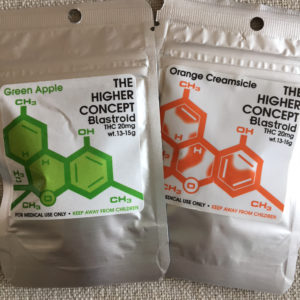 piece is 10 mg, which is easy to understand. A trail bar might have 80 mg, which you need to cut into right size pieces. With something crumbly, this can be a challenge. Err on the side of caution and try a smaller portion as opposed to larger. If you’ve never consumed edibles, test a piece that is 5 mg or even less. Do not eat any more until 90 minutes have passed since your first bite.
piece is 10 mg, which is easy to understand. A trail bar might have 80 mg, which you need to cut into right size pieces. With something crumbly, this can be a challenge. Err on the side of caution and try a smaller portion as opposed to larger. If you’ve never consumed edibles, test a piece that is 5 mg or even less. Do not eat any more until 90 minutes have passed since your first bite.![]()
Wait and see.
![]() With any kind of medicine you take, cannabis or traditional it’s important to give the compounds time to take effect. With inhaled marijuana, you’ll feel the effect within a few minutes and it’ll increase as time goes on, then arc and fade away. With edible cannabis, it can take up to an hour for you to feel the effect and if you’ve ingested too much, you’ll know it and feel it longer than if you’d consumed a concentrate or flower.
With any kind of medicine you take, cannabis or traditional it’s important to give the compounds time to take effect. With inhaled marijuana, you’ll feel the effect within a few minutes and it’ll increase as time goes on, then arc and fade away. With edible cannabis, it can take up to an hour for you to feel the effect and if you’ve ingested too much, you’ll know it and feel it longer than if you’d consumed a concentrate or flower.
Study the strains.
When purchasing marijuana as medicine, study the strain and the properties it claims to have. One of the most popular resources for this information is Leafly where you can explore strains that are most likely to help with your condition, be it depression, pain, stomach pain or anxiety. This piece in Medical NewsToday, written by a pharmacist is helpful, too.
Indica strains are more calming and have a heavier or relaxing feel. They’re commonly used for pain.
Sativa strains are more uplifting and good for people dealing people dealing with low moods or needing an energy boost.
Hybrids have some properties of both and are worth exploring.
While it isn’t always easy to discuss marijuana as medicine with your health care provider, it is advisable to do so. Other strain advice can be found by talking with your cannabis caregiver, other patients and with people at the provisioning center. Remember, strain advice isn’t medical advice.
Start small.
Whether you’re consuming with a vape pen, smoking flower or eating a brownie, it’s incredibly important to start small and don’t use alcohol when you’re testing. With a vape pen, one puff will do and don’t pull too hard! Wait a few minutes to see how you feel, then wait for a few more. If you’re sitting, walk around and see how you feel. Repeat if needed, considering your symptoms and how you are feeling.
Know your body.
With any remedy, plant-based or not, be aware that the desired results are not instant. It takes time for the body to absorb and process medicine, the effect could be immediate, or it might take days and several doses. The body’s endocannabinoid system is where cannabis finds receptors that help improve specific conditions and balances the body. The endocannabinoid system is located throughout the body and regulates many vital organs and some areas like the neurological centers are susceptible to cannabis and react more quickly.
Keep experimenting.
Remember the cold pills we talked about at the start and how the same thing doesn’t work for everyone? Finding the dose, delivery system and strain of cannabis that works for you takes research. You’ll want to talk with other patients/consumers and possibly with a cannabis physician, nurse or educator.
CBD and THC are partners.
There’s a lot of talk about CBD (cannabidiol) and there are many CBD products with barely detectable amounts of THC, the plant works best on illnesses or issues where there are complimentary balances of both chemicals. It doesn’t take a lot of THC to be effective, but some will act with the CBD to bring better results. Keep in mind, too, the more you ingest small amounts of THC, the more your body and mind will become accustomed to it and the heady feeling of being high will become less noticeable.
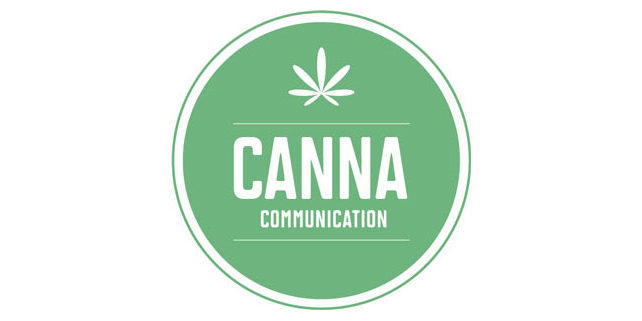
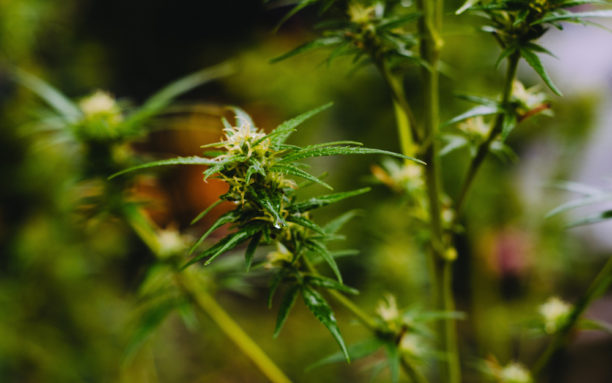
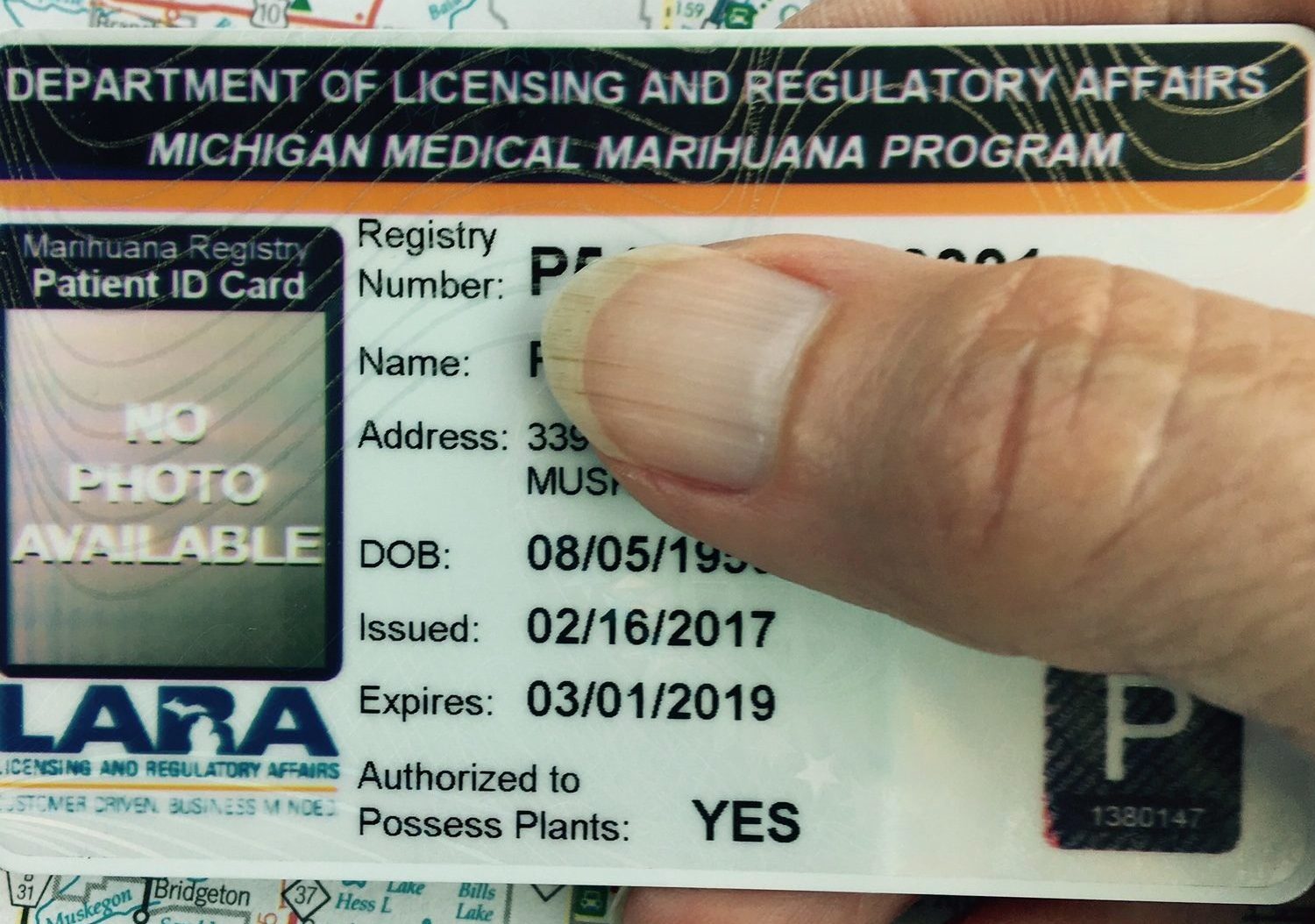

 to visit a provisioning center for your meds. You can find one close to you on Leafly or Weedmaps. We have a blog post about
to visit a provisioning center for your meds. You can find one close to you on Leafly or Weedmaps. We have a blog post about (Colorado, California, Nevada, Oregon, Washington, Alaska, Maine, Vermont, Massachusetts and the District of Columbia) until the whole country ends prohibition You can also head to Canada for a nice vacation, the whole country will be recreational legal starting on October 17, 2018. This also applies to people flying. While the TSA isn’t looking for cannabis, it is still illegal to bring it across state lines.
(Colorado, California, Nevada, Oregon, Washington, Alaska, Maine, Vermont, Massachusetts and the District of Columbia) until the whole country ends prohibition You can also head to Canada for a nice vacation, the whole country will be recreational legal starting on October 17, 2018. This also applies to people flying. While the TSA isn’t looking for cannabis, it is still illegal to bring it across state lines.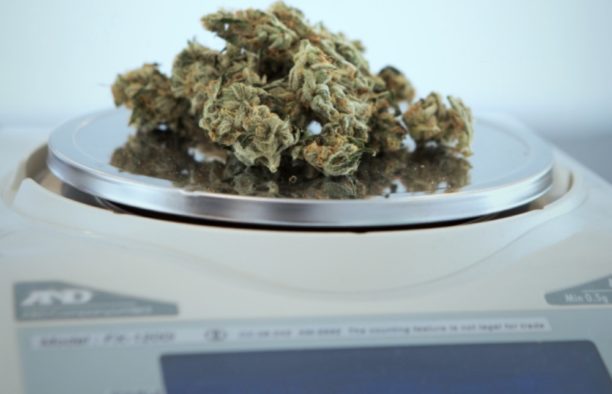
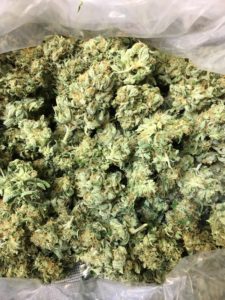 caregiver isn’t as easy as walking into a provisioning center though. In all likelihood, you’ll need to know someone who grows cannabis and is accepting patients. If you don’t know someone, you’ll need to ask around. In Michigan, caregivers are limited to 5 patients so it can be challenging to find someone who is accepting patients. You’ll want to see their plants, as about their growing processes and talk with them about the strains you can buy from them. You’ll want a caregiver who grows and processes what you need. If you go the provisioning center route, below are some tips so you can look like you’ve been doing it for years.
caregiver isn’t as easy as walking into a provisioning center though. In all likelihood, you’ll need to know someone who grows cannabis and is accepting patients. If you don’t know someone, you’ll need to ask around. In Michigan, caregivers are limited to 5 patients so it can be challenging to find someone who is accepting patients. You’ll want to see their plants, as about their growing processes and talk with them about the strains you can buy from them. You’ll want a caregiver who grows and processes what you need. If you go the provisioning center route, below are some tips so you can look like you’ve been doing it for years.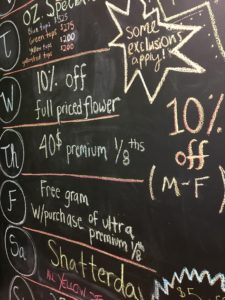 few choices in edibles or tinctures or
few choices in edibles or tinctures or 
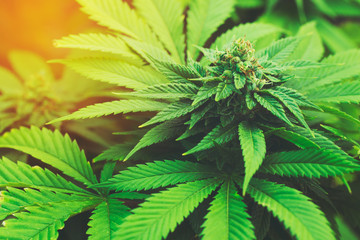
 Take time every day to read/watch/listen to cannabis news, especially regarding Michigan and cannabis as medicine. You expect expertise from businesses you patronize and your customers expect the same from you. You need to be able to help people understand the business of cannabis, too. Be accurate with your information and data, you don’t want to be the source of bad information. This acquired expertise will also help you as you connect with the media where your business is located.
Take time every day to read/watch/listen to cannabis news, especially regarding Michigan and cannabis as medicine. You expect expertise from businesses you patronize and your customers expect the same from you. You need to be able to help people understand the business of cannabis, too. Be accurate with your information and data, you don’t want to be the source of bad information. This acquired expertise will also help you as you connect with the media where your business is located. and images that you put on your website and on your social media pages. It needs refreshing regularly. High-quality content is an integral part of communication and marketing and while you’re selling something, you’re also helping people understand the why of what you’re doing. If you don’t have social media pages for your company, yet, get them established. You can do this long before your new marijuana business is open. It’s good to get your name out there, connect with people and practice your content posting habits.
and images that you put on your website and on your social media pages. It needs refreshing regularly. High-quality content is an integral part of communication and marketing and while you’re selling something, you’re also helping people understand the why of what you’re doing. If you don’t have social media pages for your company, yet, get them established. You can do this long before your new marijuana business is open. It’s good to get your name out there, connect with people and practice your content posting habits.

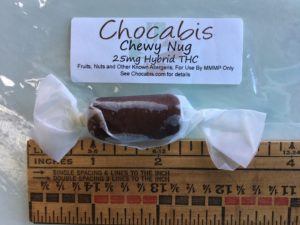
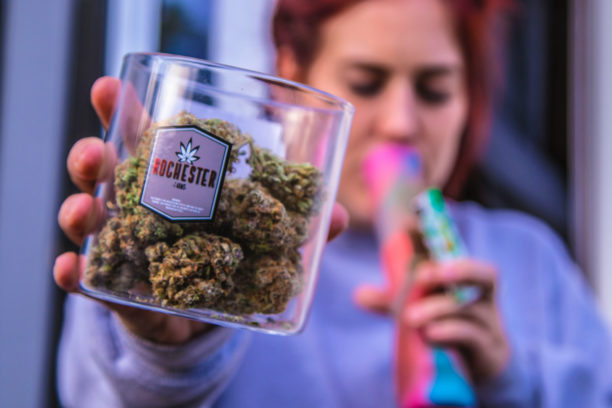

 Other films, including our inspiration for this blog title
Other films, including our inspiration for this blog title 
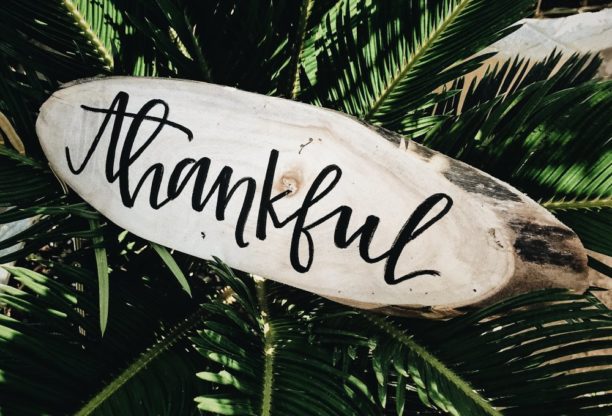
 Prime Minister made good on a campaign promise to legalize cannabis. The law takes effect in July 2018. We expect to see poutine sales to soar, too!
Prime Minister made good on a campaign promise to legalize cannabis. The law takes effect in July 2018. We expect to see poutine sales to soar, too!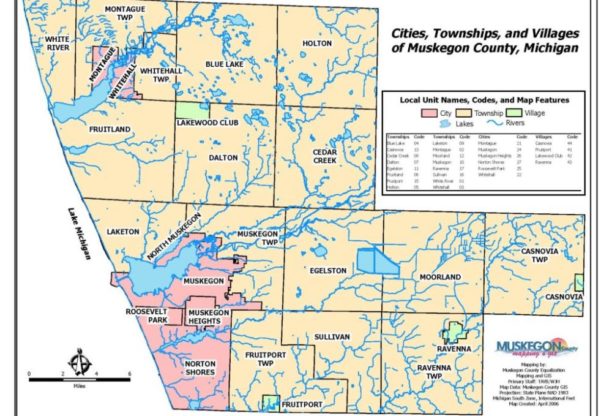
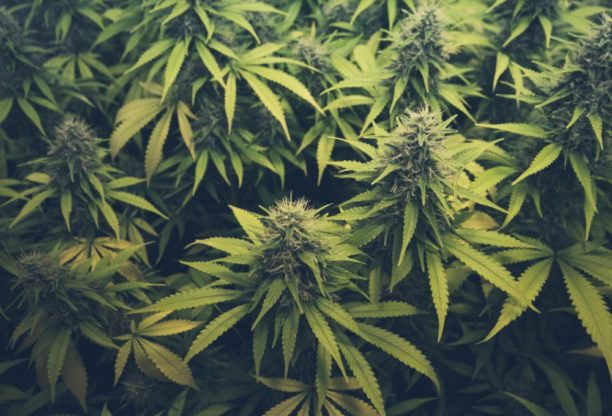
 Throughout history,
Throughout history,